Sarah Klapp’s Ceramics Are Love Letters to the Natural World of Santa Barbara
Created of the Earth, in the Earth
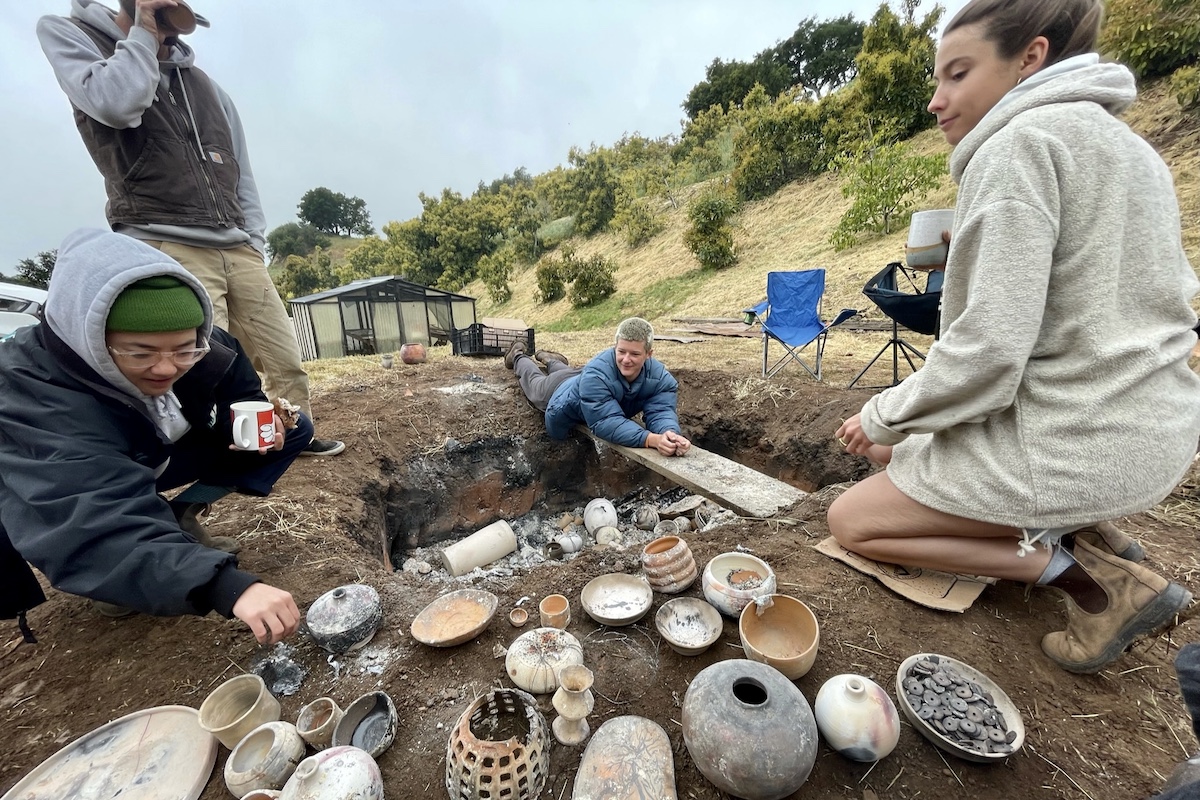
Sarah Klapp was born and raised in Santa Barbara. She grew up hiking in the mountains surrounding the city, surfing at beaches from Carp to Goleta, and fishing with her dad in his boat.
She loves her hometown and it shows in her work.
As a ceramic artist, Klapp works for herself full-time, crafting and selling handmade pottery pieces through her business, Klapp Ceramics. She makes everything from mugs and dinnerware to vases and sculptures, every design influenced by the natural wonders in and around our city.
In 2019, Klapp’s hometown-inspired art practice was pushed even further. It was after a big rain, and she was trudging down a muddy path to the ocean, on her way to surf. Sticky, seafoam-green clay caked her feet with every step. Something clicked.
“I was familiar with the feeling of it because I work with clay every day,” Klapp said. “I immediately knew this was perfect clay under my feet.… I thought, ‘How cool would it be to make something out of this?’”
The waves were calling. The moment passed. And it’d be a year before she revisited her intuitive artistic urge from that day.
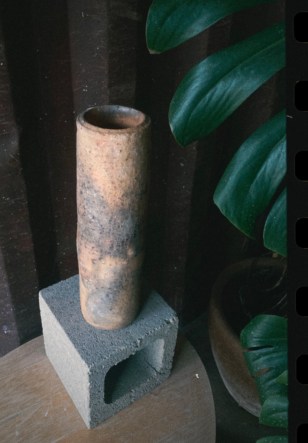
The right time finally arrived, during the 2020 pandemic. Work at Klapp Ceramics had shifted and slowed. She suddenly had the time and space to explore a new method that had inspired her for years: harvesting raw clay, creating something with it, and firing it in the earth.
“Every culture has its own [ceramic practices] and has made pottery since fire was first discovered. I’ve always been drawn to those natural ceramic processes in history,” Klapp said. “I use a lot of modern inventions for my work — like electricity and machine wheels — and I wanted to explore a more stripped-down version of the craft. Like going back to the basics.”
Even better, for someone who loves and respects her local environment so much, the whole process would be made of and within Santa Barbara earth.
So, one spring day in 2020, she dug up the clay and put it into five-gallon buckets. She didn’t know if it’d even work — if the clay had enough plasticity to be molded, or if it could withstand the firing process without exploding into shatters. But, over two months, she processed the clay anyway — soaking it, removing large pieces of debris, sifting out smaller pieces, and drying it out for use.
When it was ready, she invited a small group to the plot of land in the mountains where she lives — it was time for a pit fire.
“We were all just kinda winging it,” said Klapp, reminiscing about that very first pit fire in 2020. It has since become an annual tradition.
“We really only do it once a year because it’s so much work. And we always do it in the spring, in the rainy season, to avoid wildfires. The ground needs to be moist.”
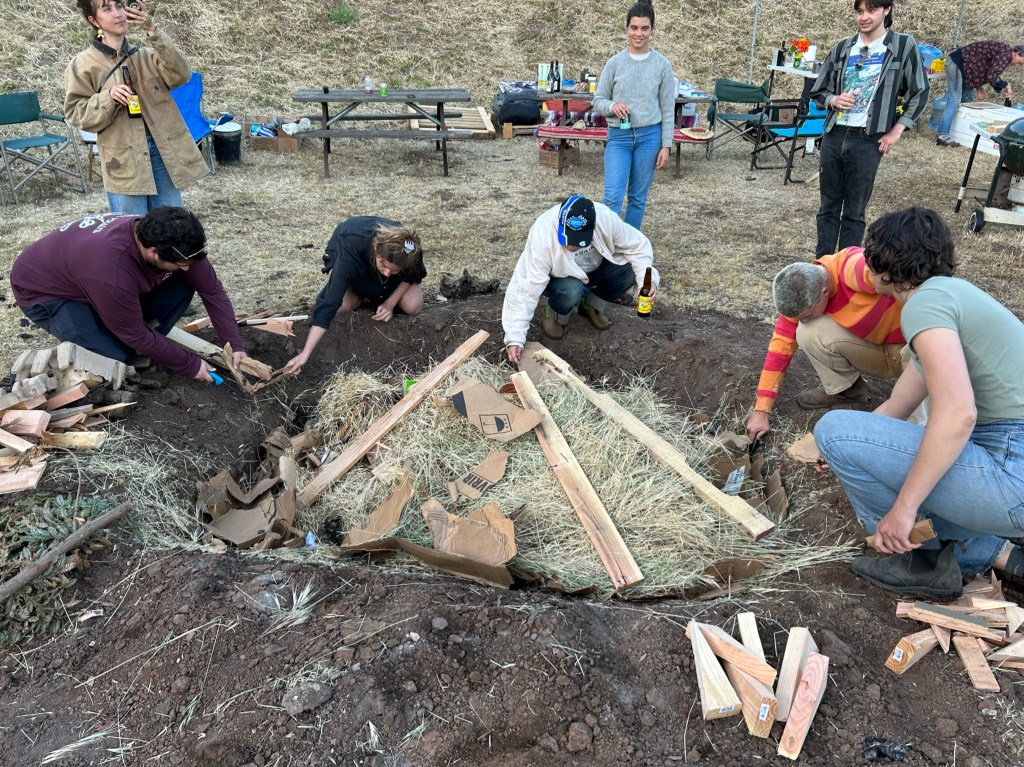
About 10 close friends, family members, and “pottery nerds” — including her high school art teachers, Eliesa Bollinger and Diana Hemsley — showed up, and together they created about 30 pieces of pottery: everything from bowls to bottles, vases, and other decorative pieces.
Beyond the locally harvested clay, Klapp had also combed local beaches, mountains, and farmland for cow patties, sea kelp, driftwood, and copper wire. Each ware was wrapped in these natural materials to create various colors, textures, and designs on the piece.
While the pieces fired in the pit overnight, the group gathered a few feet away to enjoy camping under the stars, complete with a barbecue dinner and conversation by campfire.
“Usually, when I wake up [the morning after the pit fire], it’s to the sound of Sarah sifting through the pit, first thing,” said Shannon Brown, a longtime friend of Klapp whose family owns the pit fire land. “She says it’s like Christmas to her, even better than Christmas morning.”
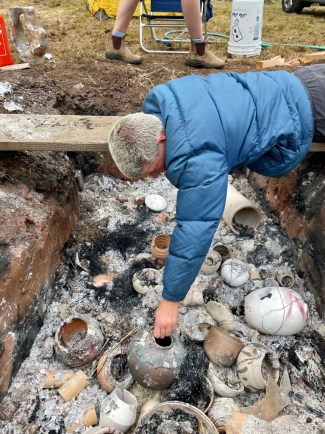
Watching the clay transform is an unpredictable but exhilarating process, Klapp said. Since the temperature in the pit varies overnight, you never know which pieces will “survive” the firing, or what the final design outcomes will be.
Dark-brown cow patties, for example, often produce a fuchsia-red color on the clay, Klapp said. The kelp, plucked from the sea, will show up with a green or black stringiness, and the driftwood — oddly enough — has been known to produce rays of light blue.
“When I’m working with pottery, I usually control the kiln temperature and have some control over the materials. But [with the pit fire], I kind of let go of a lot of that control. That process of letting go of the outcome is very spiritual,” Klapp said. “It feels very grounding and primal, and it’s also very creative and community-centered. It just has it all, everything I need in life.”
Klapp first explored ceramics at Dos Pueblos High School and later studied Ceramic Art at Azusa Pacific University. She started her business organically in 2017, when word of her talent traveled naturally around town.
Today, Klapp Ceramics caters to individual buyers as well as wholesale clients, including Captain Fatty’s Brewery, Singing Sun Coffee, and The Good Plow, among others. Klapp’s work has been featured in Santa Barbara Magazine, Voyage L.A., and British Vogue, and you can find her pieces in various shops around town.
Whether working or playing, Klapp still spends much of her time close to the natural world. She starts and ends each day at her home nestled in the Santa Ynez mountains, and retreats back down to sea level to work in her studio-shop in Carpinteria (500 Maple Ave., Lot 2), where the ocean is within earshot.
She makes her creations there, but she also hosts open studio shopping; private ceramics lessons; and “clay dates,” private lessons meant for two. Some of the pieces made at the annual pit fires are available for purchase (inquire through her website), and others will be reserved for an upcoming exhibition. She also plans to delve more into sculpture and fine art in the near future.
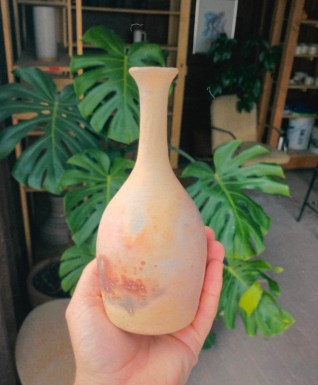
“Sarah is adventurous and creative and patient,” Brown said. “She’s also just so Santa Barbara, you know? It’s in every single piece she builds. It’s everything around her coming together: her favorite places, her favorite people. She’s such a community person. It doesn’t get more local than that.”
For Klapp, her ceramics practice sometimes means handcrafting clay mugs and tumblers for the home, or sculpting fine art pieces for display and appreciation.
Now, it also means gathering with her favorite people once a year to make clay creations of Santa Barbara earth, in Santa Barbara earth.
“The pit fires feel very spiritual to me. They provide a chance to slow down in this crazy, fast-paced world … and the slowness and the labor of it is what I think is so beautiful, because it’s so counterintuitive in this day and age to put so much work into something that has such a low return,” Klapp said.
“But that’s what’s probably the most spiritual for me — really putting my time and care into something that doesn’t necessarily always have a monetary gain.
“It’s more just for the love of doing it.” —Camille Garcia
See klappceramics.com.

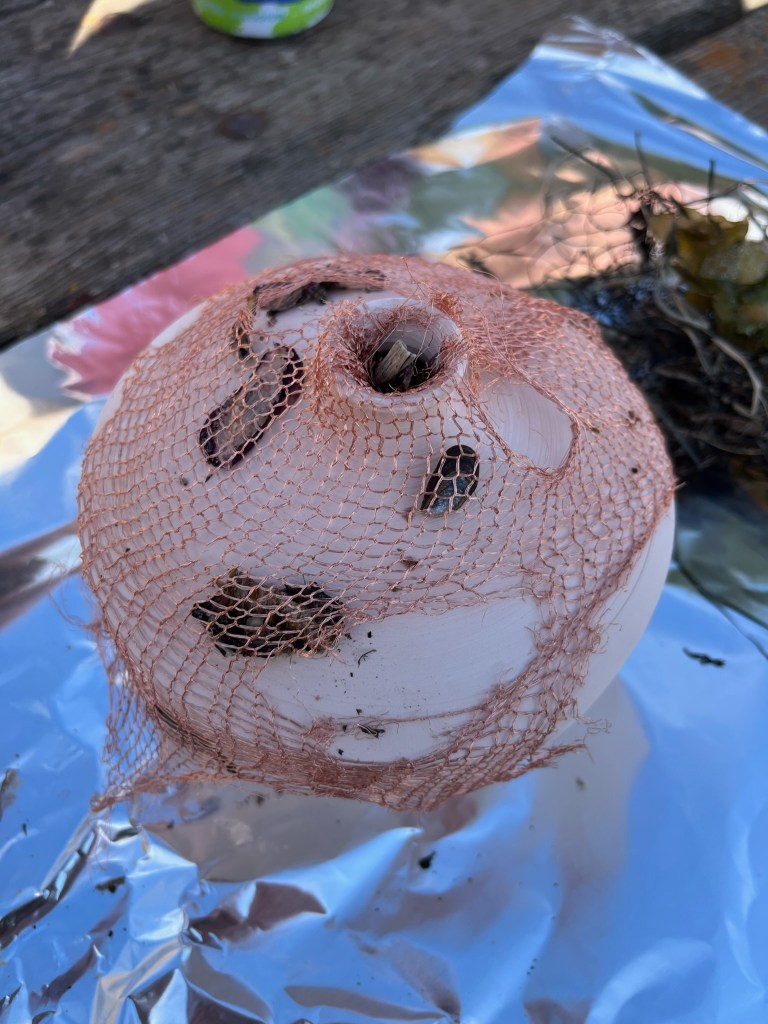
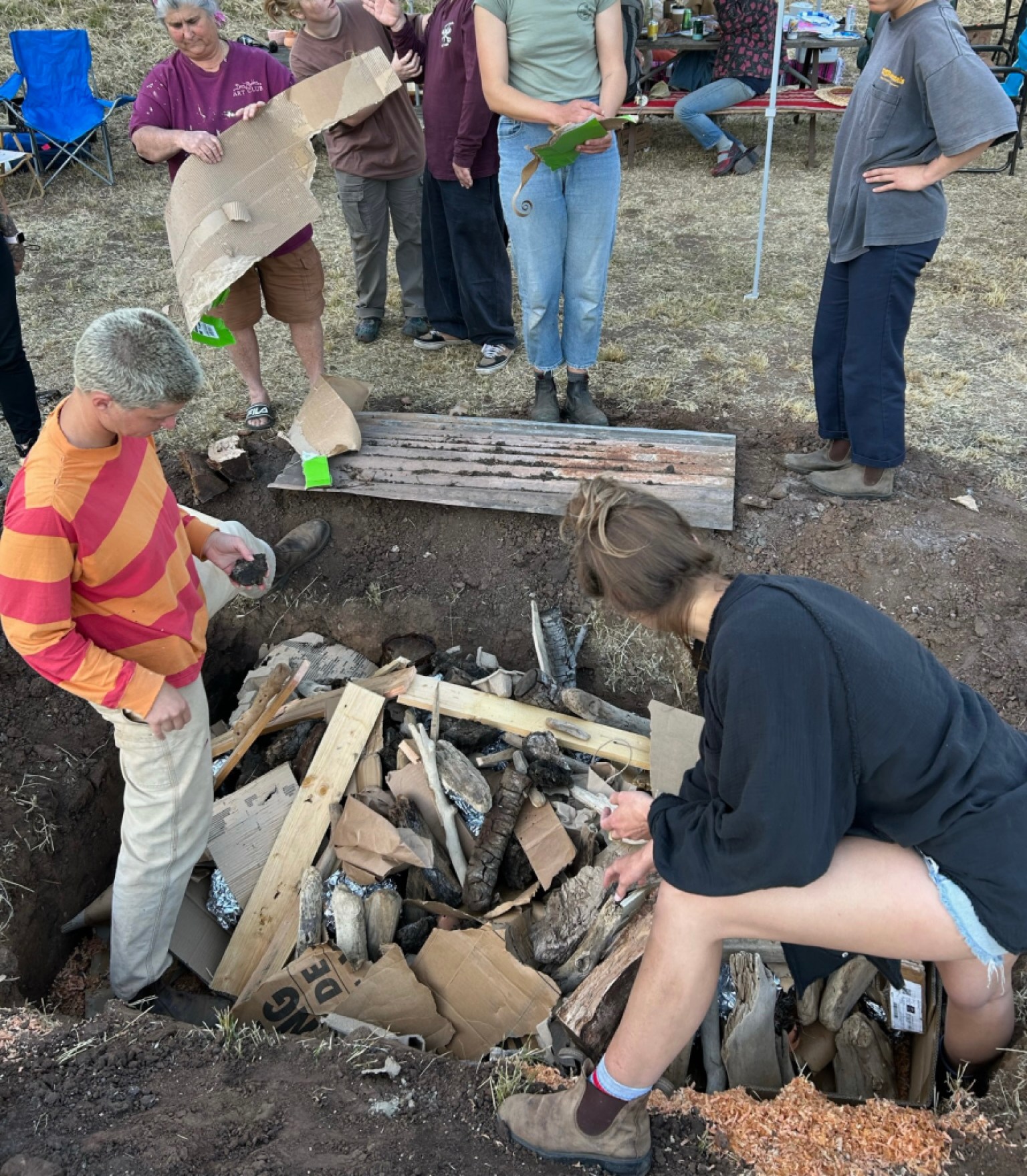
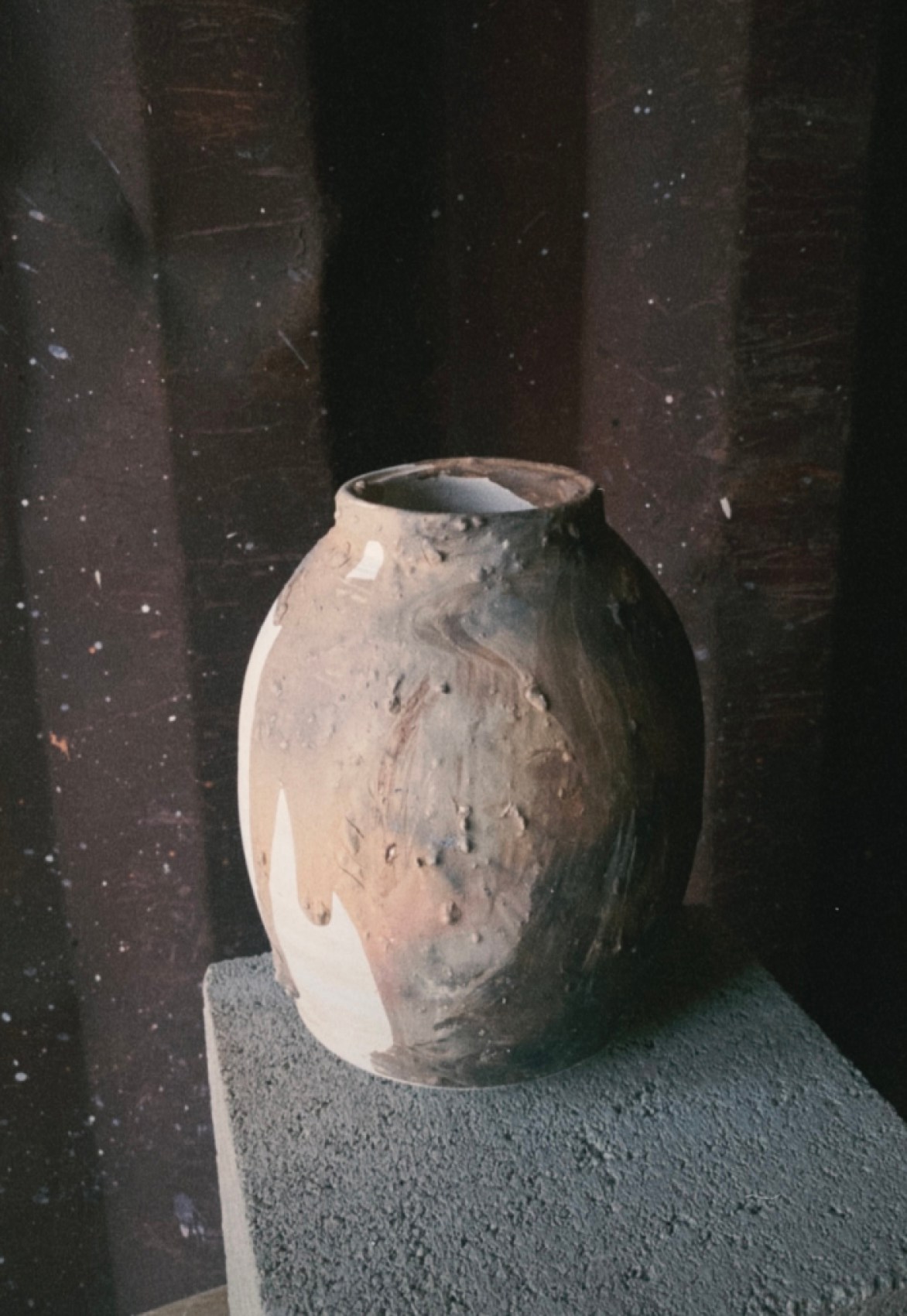
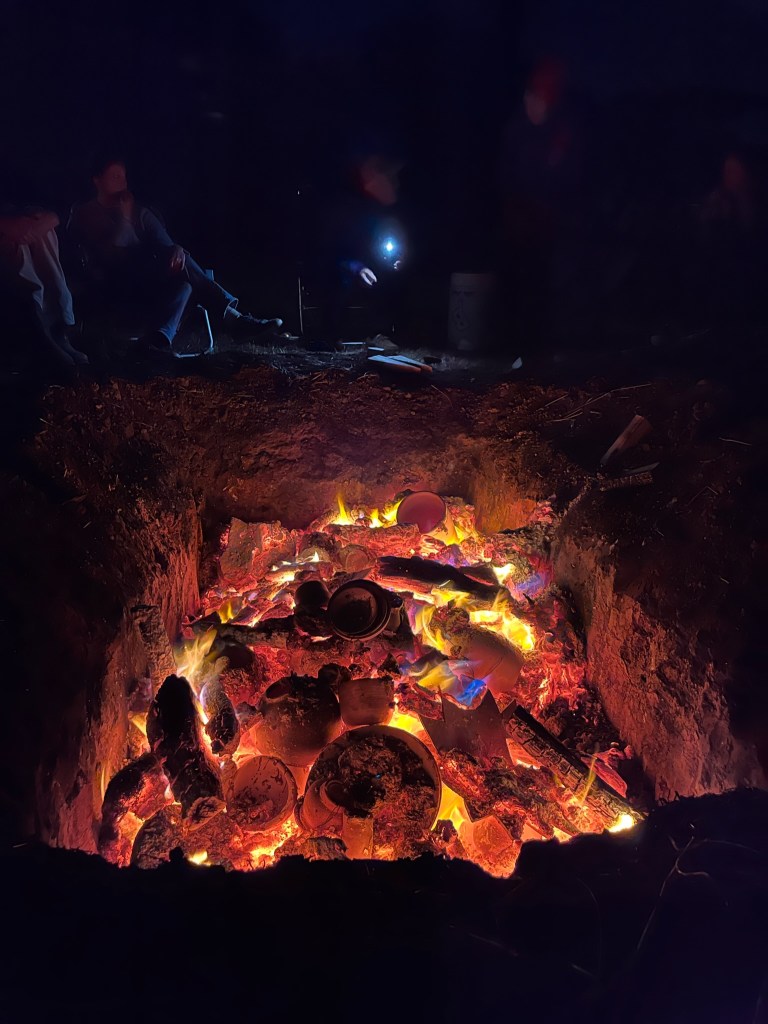
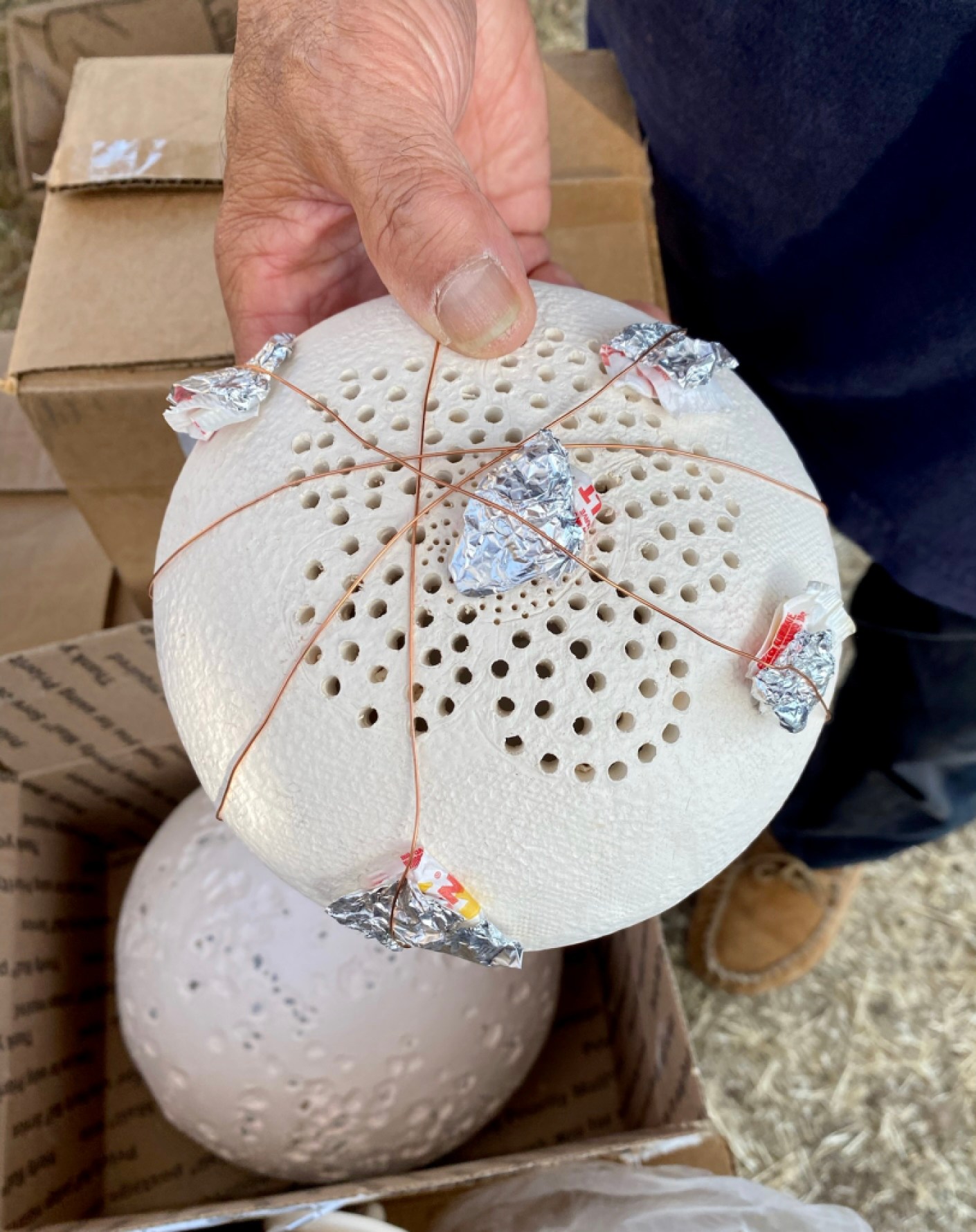
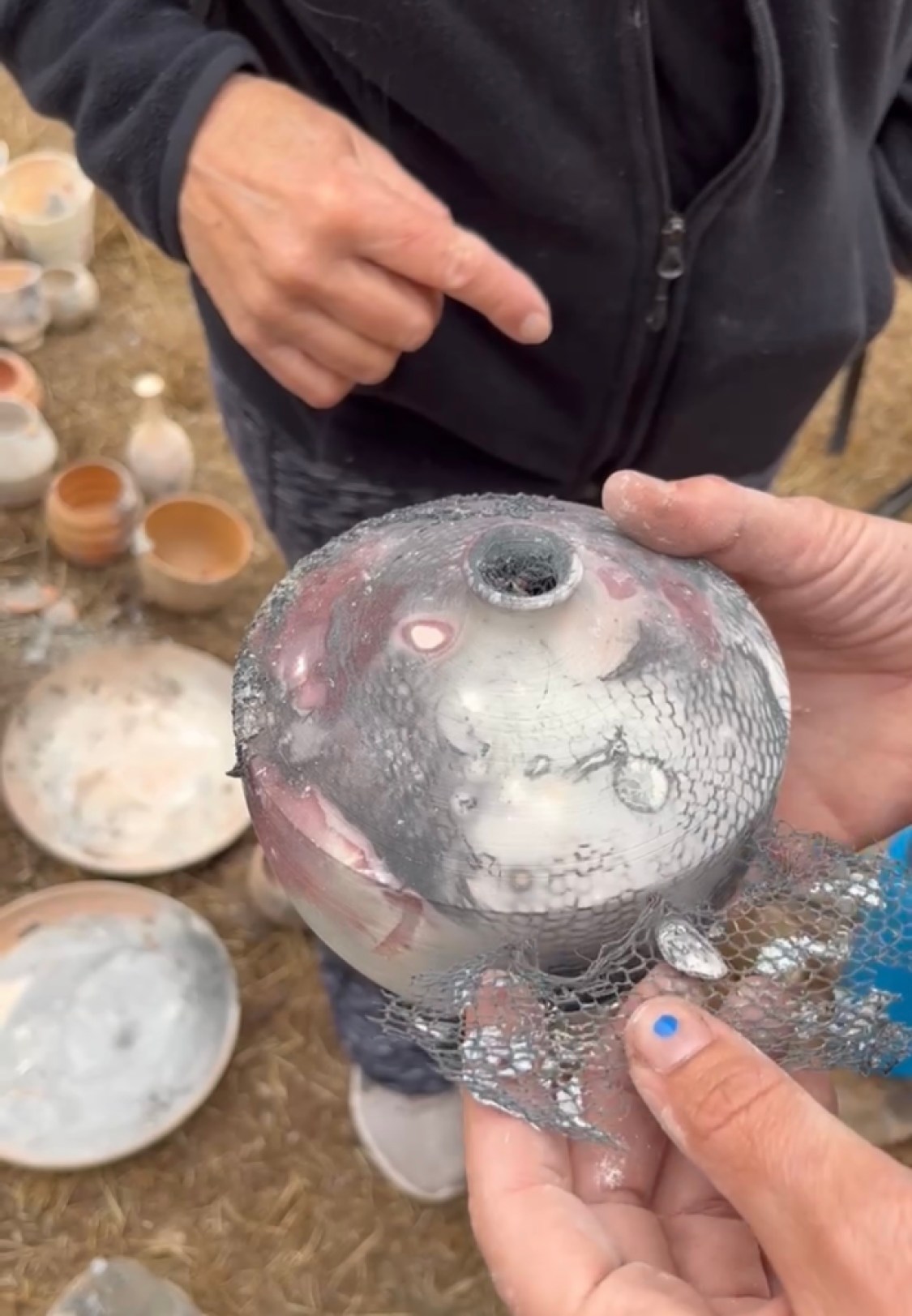
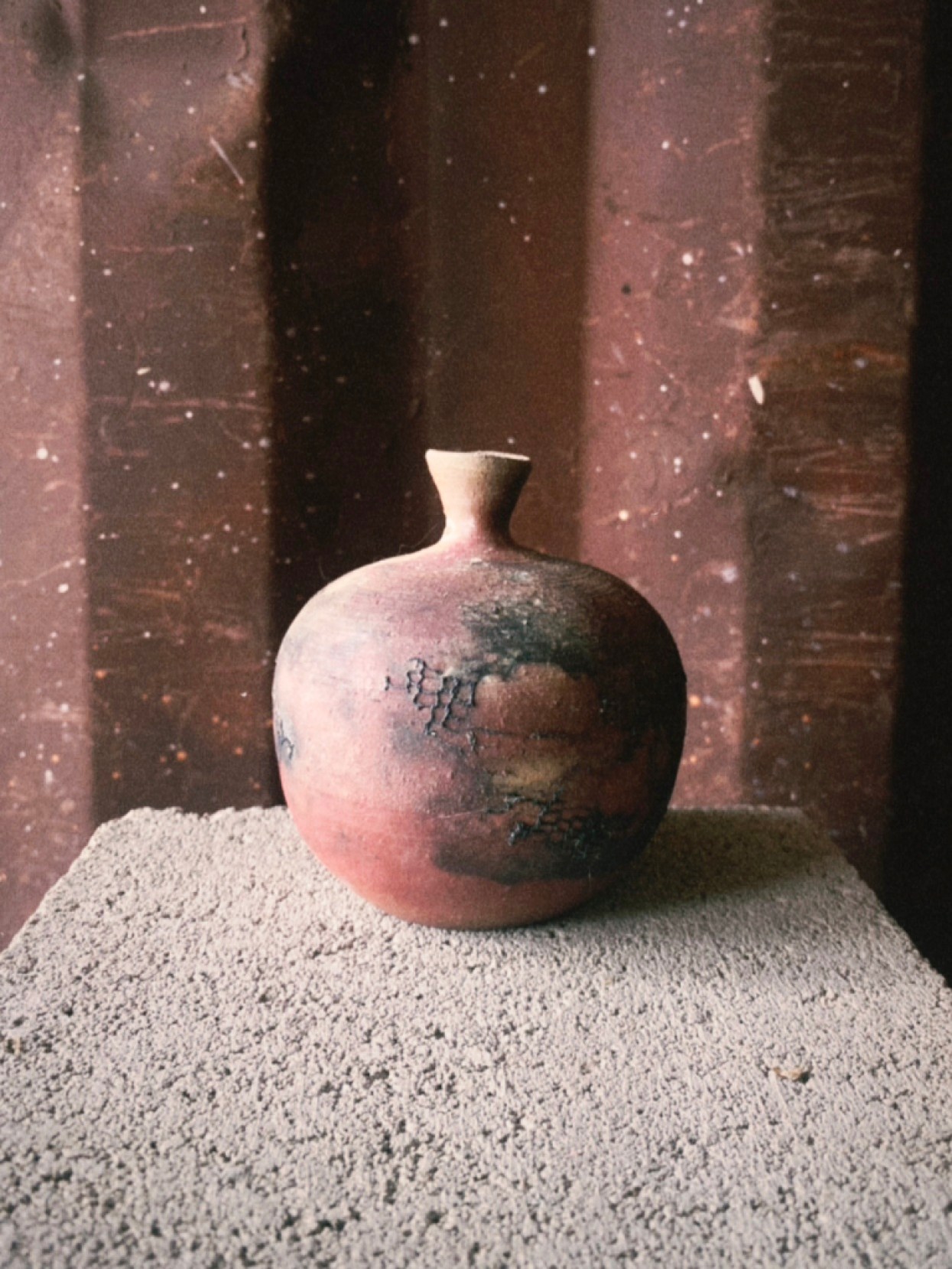
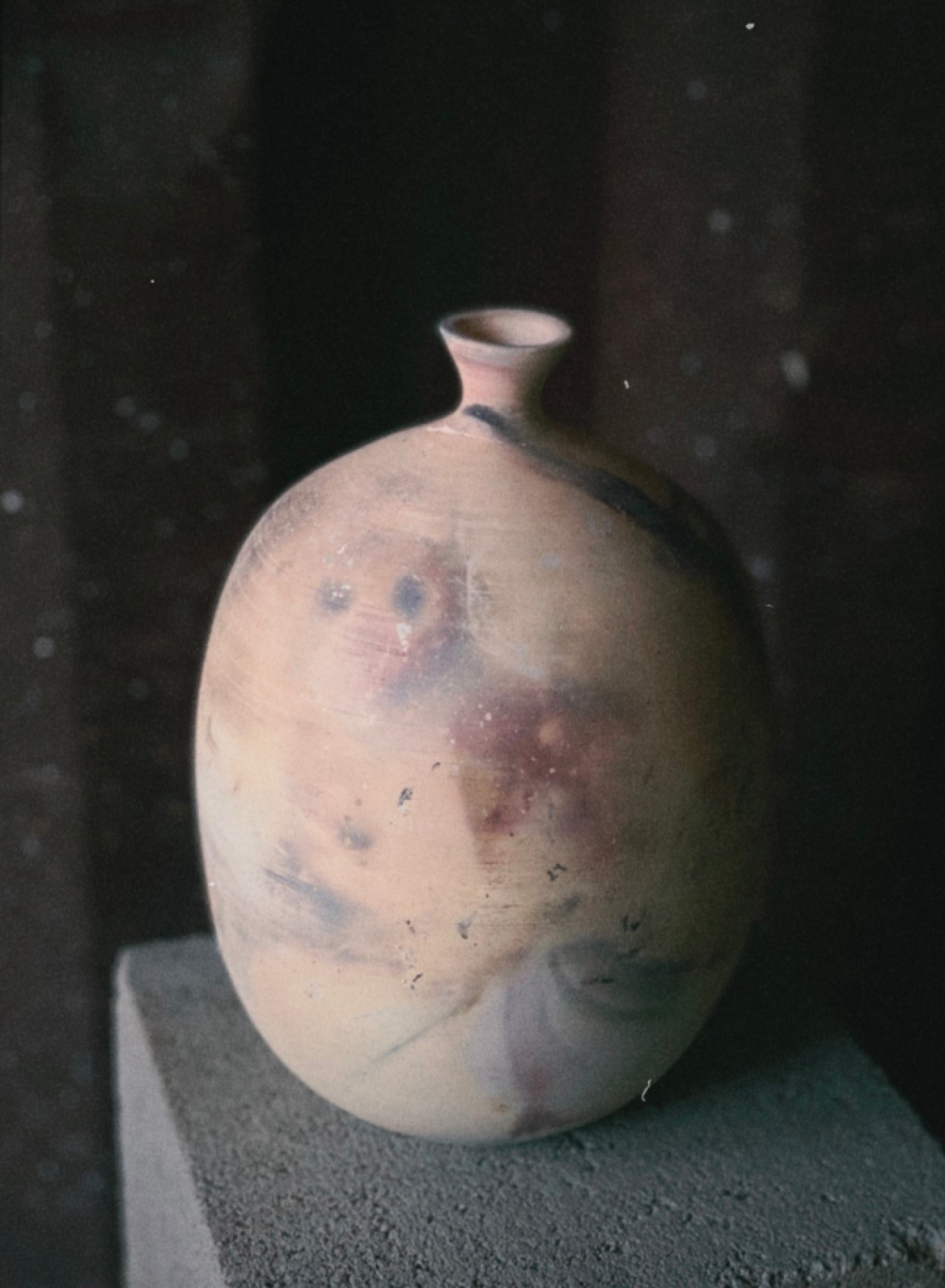
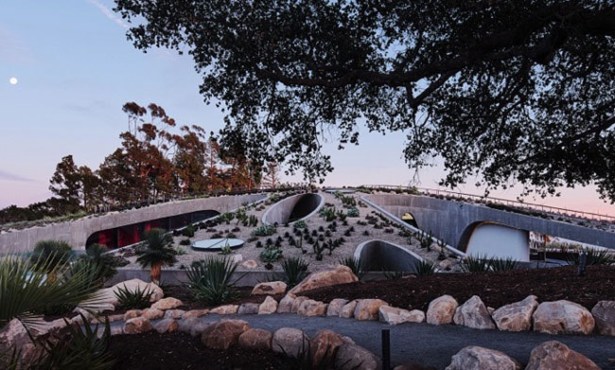
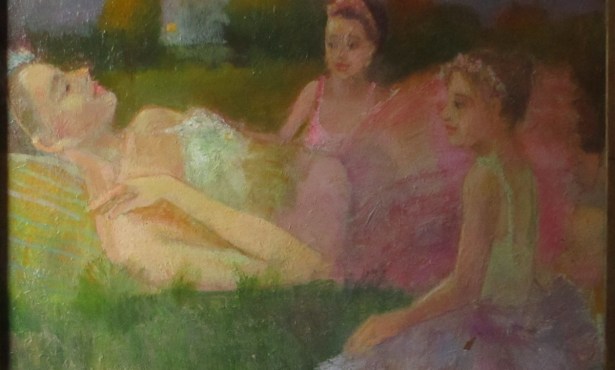
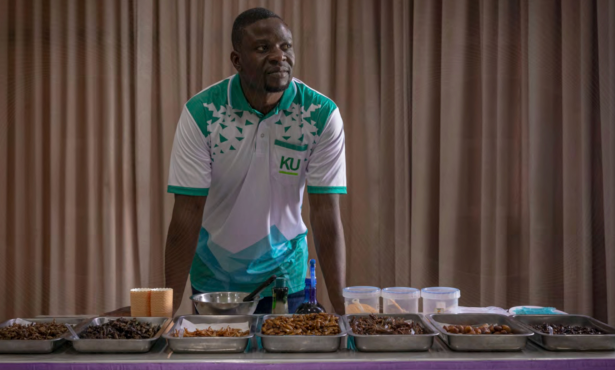
You must be logged in to post a comment.